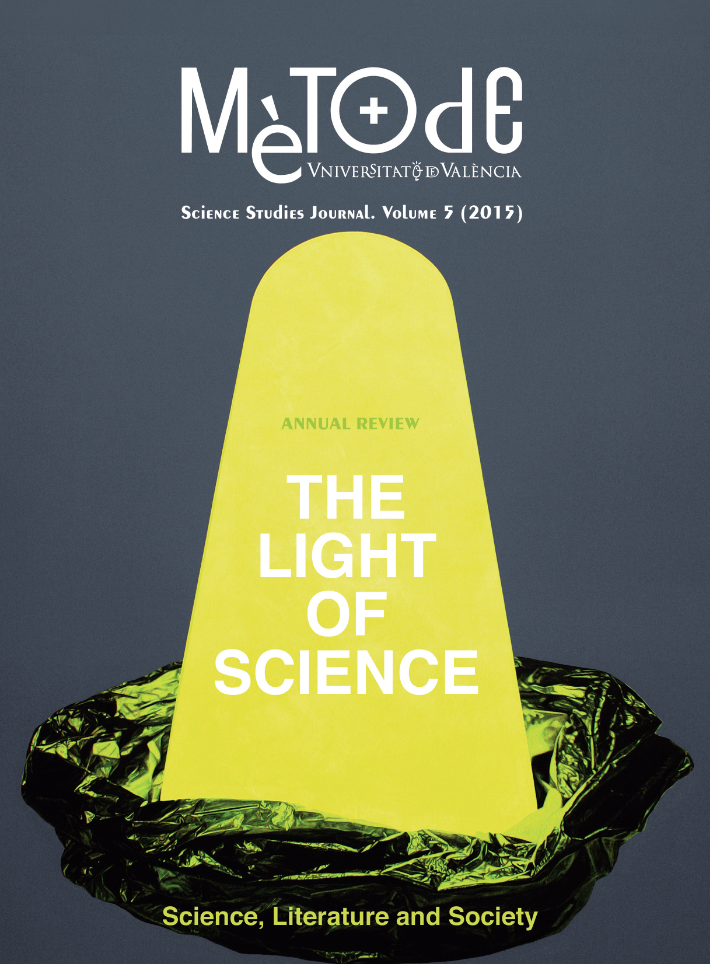Itinerancy. Dispersal, migration, diaspora
DOI:
https://doi.org/10.7203/metode.5.21102 Abstract
Abstract
Most animals move from one place to another at some time in their lives. These movements may be undertaken by individuals or by groups, and species may colonize new habitats or join new social groups or populations away from their birthplace. Indeed, humans are a highly mobile species, dispersed far and wide. The first migration led some groups away from the African continent to colonize the rest of the planet and, ever since, geographical displacement of individuals or groups has remained constant throughout history (despite the restrictions currently imposed by border-control policies). Although there are many causes of migration, the ultimate goal is to improve chances of survival and/or reproduction.
 Downloads
Downloads
Downloads
Published
How to Cite
-
Abstract221
-
PDF77
Issue
Section
License
![]()
All the documents in the OJS platform are open access and property of their respective authors.
Authors publishing in the journal agree to the following terms:
- Authors keep the rights and guarantee Metode Science Studies Journal the right to be the first publication of the document, licensed under a Creative Commons Attribution-NonCommercial-NoDerivatives 4.0 International License that allows others to share the work with an acknowledgement of authorship and publication in the journal.
- Authors are allowed and encouraged to spread their work through electronic means using personal or institutional websites (institutional open archives, personal websites or professional and academic networks profiles) once the text has been published.





